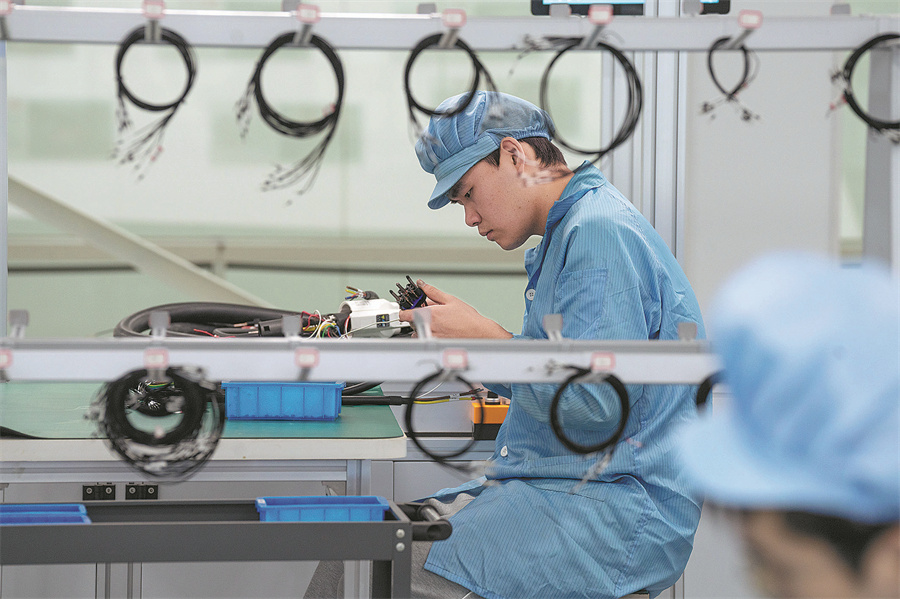'Science city' sees green future become a reality


The new energy transition of Anhui is the epitome of China's endeavors to achieve low-carbon, sustainable development. In 2020, the country pledged to peak carbon emissions before 2030 and achieve carbon neutrality by 2060. In recent years, China's climate-change-oriented green economy has been developing at a rapid pace.
This year, the nation achieved a milestone when its installed capacity of nonfossil energy power generation exceeded 50 percent of the total, beating the original target of surpassing fossil fuel capacity with renewable energy by 2025.
From 2012 to last year, the share of clean energy sources in the country's total energy consumption rose from 14.5 percent to 25.9 percent.
By the end of the first quarter, China's utility-scale solar capacity reached 228 gigawatts, more than the rest of the world combined.
In terms of pushing ahead with green and low-carbon development "China is acting in a much more determined way than any other country," said Erik Solheim, former executive director of the United Nations Environment Programme. "In the environmental area, China has moved from someone sitting in the back seat into a leader."
Contact the writer at zhulixin@chinadaily.com.cn


























